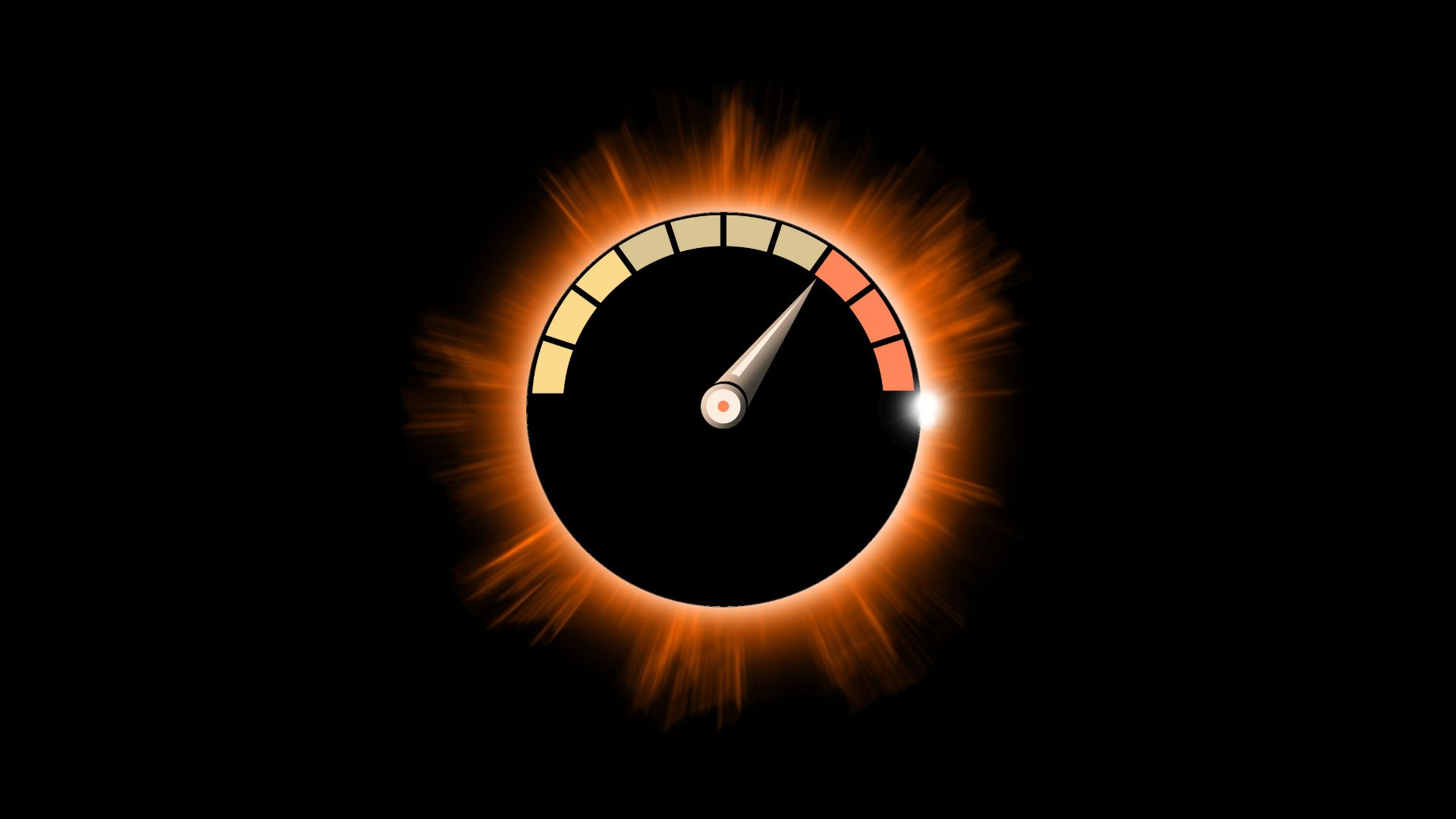Exploring the Speed of a Solar Eclipse: How Geometry Affects the Moon's Shadow
Key Highlights :

On Oct. 14, 2023, an annular solar eclipse will occur across the Americas, during which part of the moon's shadow will travel at speeds ranging from 1,250 mph to 198,842 mph. This vast range of speeds is due to the geometry of the eclipse, which depends on the relative positions of the Earth and moon at the time of the eclipse. This article will explore how geometry affects the speed of a solar eclipse, and what factors contribute to the moon's shadow traveling so fast and so slow.
The geometry of a solar eclipse is determined by the relative positions of the Earth and moon. During a total solar eclipse, the tip of the moon's cone-shaped umbra touches the Earth, while during an annular eclipse, the moon's antumbra does not quite reach the Earth. This creates an antumbra, where the moon appears completely within the sun's disk. The geometry of the eclipse is further affected by the distance to the moon and the moon's orbital speed.
The speed of the eclipse is greatest at the extremes of the path, due to the shadow's axis being more tangent to the Earth's surface. As the eclipse moves across the Earth, the shadow's speed will decrease. For example, the moon's shadow will move at an astonishing 198,842 mph as it first strikes the northern Pacific Ocean, and 582,976 mph as it departs the planet in the Atlantic Ocean. In the middle of the path, however, the shadow will travel at a much slower speed of 1,251 mph. This is because the axis of the shadow is perpendicular to the Earth's surface, meaning that even though the moon itself doesn't slow down, the intersection of the Earth and moon's shadow does.
In the United States, the eclipse will move from the Oregon coast to the coast of Texas, decreasing in speed by 3,911 mph. As it strikes the Oregon coast at 9:13 a.m. PDT, the speed of the moon's shadow will have already slowed down to 5,683 mph. As it leaves the coast of Texas 50 minutes later at 12:03 p.m. CDT, it will have slowed down to 1,772 mph.
The speed of a solar eclipse is determined by the geometry of the eclipse, which is affected by the relative positions of the Earth and moon, the distance to the moon, and the moon's orbital speed. On Oct. 14, 2023, the moon's shadow will travel as fast as 198,842 mph and as slow as 1,250 mph, depending on where on Earth the eclipse is happening. As the shadow moves across the U.S., it will decrease in speed by 3,911 mph, from 5,683 mph to 1,772 mph. This vast range of speeds makes the solar eclipse an incredible phenomenon to witness.
